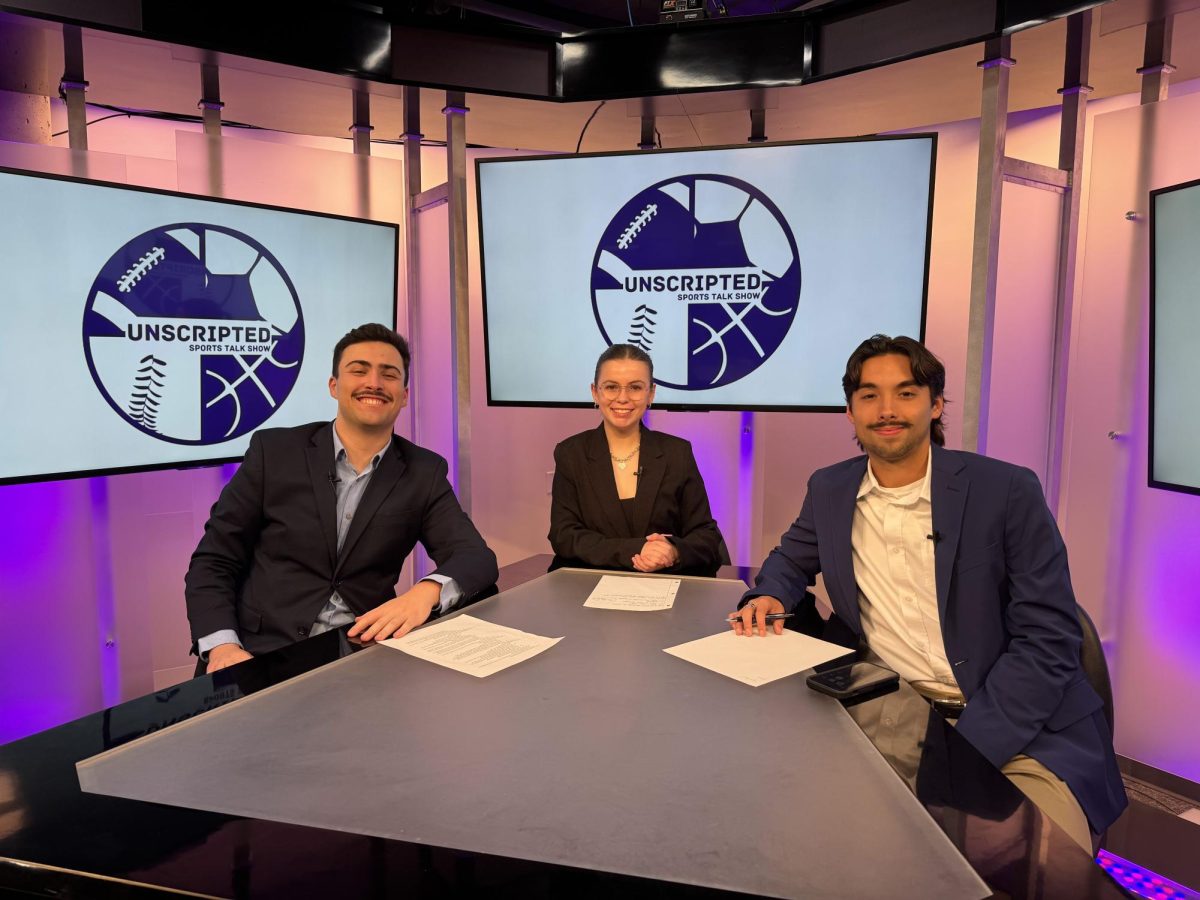Almost two decades ago, amid a myriad of recruiting violations and NCAA probations, the once-illustrious Southwest Conference broke up.
Texas Athletic Director DeLoss Dodds joined with several other schools to form the Big 12 Conference, and a small private school in Fort Worth was left without an invitation.
This Saturday night in Amon G. Carter Stadium, TCU, the little school that fought its way back to the Big 12, faces the Texas Longhorns in what could be the biggest Big 12 home game ever for the Frogs.
Looking Back
In order to understand why Saturday night matters so much for TCU, it is important to know where the Frogs came from.
Gary Cartwright, a sports writer for Texas Monthly, painted a fairly comedic image of TCU’s old conference in his 1995 Sports Illustrated article “0:00 To Go,” which outlined why the Southwest Conference ultimately did not last.
“It was said that TCU fans wore jeans and white socks and called each other Bubba and Betty Bob,” Cartwright wrote. “SMU fans drank Chardonnay and lived off their trust funds. Baylor fans did not make love standing up, lest God mistake the act for dancing. Longhorn fans sipped tea and were insufferably high-handed.”
Some things never change.
Cartwright, a TCU alumnus, also listed several reasons why he thought the Southwest Conference failed and why most of the smaller private schools, like his alma mater, were not invited to the new Big 12.
“A lot of factors contributed to the demise of the conference,” Cartwright wrote. “Arkansas’ pulling out to join the Southeastern Conference; the rising cost of tuition, which made it difficult for the private schools (Baylor, Rice, SMU and TCU) to compete with schools subsidized by the state; having eight schools in one state competing for fans and media with eight major pro teams.”
The lack of initial support from a certain influential Texas athletic director could have also been fatal for the Frogs.
Randy Galloway, writer for the Fort Worth Star-Telegram, wrote that TCUforced Dodds and the Big 12’s hand the second time around.
“The Big 12 Conference wanted TCU because the Big 12 actually needed TCU to help firm up its shaky foundation,” Galloway wrote. “Even DeLoss Dodds, watchdog of his empire in Austin, cast an affirmative vote, and then served up a congratulatory welcome message to the remote outpost of Fort Worth. DeLoss has granted statehood to our frontier settlement.”
Without a remarkable 2011 Rose Bowl win and several Big 12 teams bolting for other conferences, it is questionable whether or not TCU would have ever made it back.
While Dodds, who has served as Texas’ athletic director for 31 years, has never publicly come out and said he did not want TCU during the Big 12’s initial creation, that seems to be the prevailing theory among many analysts.
According to Galloway, schools like Oklahoma and Oklahoma State wanted the Frogs in the conference, but Dodds had to be persuaded before TCU could join.
“Hating UT is a good life, but this distrust also causes the Big 12 to sit on a foundation of quicksand,” Galloway wrote. “Based on all accounts Thursday, that quicksand firmed up a bit with the addition of TCU because this is what other schools, certainly Oklahoma and Oklahoma State, had demanded. When DeLoss said yes, it gave the other conference members a moment of ‘we won’ giggles.”
With a second-straight win against the Longhorns Saturday night, the Frogs could get a bit of revenge on the soon-to-be retired Dodds for hindering that initial invite so many years ago.
However, Saturday’s matchup means a great deal more to TCU than just what happens on the field.
Changing the Perception
Eighteen years ago, award-winning former writer for the Associated Press Mike Cochran detailed a different reason for the Southwest Conference’s break-up that may send chills down current TCU fans’ spines.
According to a 1995 article by Cochran, TCU football legend Sammy Baugh “[viewed] the demise of the SWC with a mixture of anger and sadness” and“[blamed] fans in Fort Worth, Waco, Houston and Dallas for failing to fill the stands, but concedes that pro sports offer tough competition for the entertainment dollar.”
For TCU fans young and old, Baugh’s words should serve as a startling reminder that things like attendance can impact future opportunities for their team.
Two weeks ago, Frog fans encountered some controversy after photos of poor attendance during the fourth quarter of TCU’s win over Kansas hit the Internet.
While humid weather and a struggling TCU offense were obvious factors in the low attendance, the outside perception outweighs the excuses.
“We never made an excuse. We never said, ‘Why not us?'” Director of Intercollegiate Athletics Chris Del Conte said regarding TCU being initially overlooked for the Big 12. “[TCU donors and fans] decided, ‘We will take care of our own. We will get to the promised land if we work hard and believe in each other.’”
Now that the Frogs have been given a second chance, it is time to keep history from repeating itself.
“It’s everybody’s responsibility to get where we need to get to, or what we’ll do is we’ll become like TCU was for 30 or 40 years,” head football coach Gary Patterson said.
TCU fought tooth and nail to get back to where it is. Now, Horned Frog players and fans alike have to once again prove to the burnt orange giants that they belong.
And it all begins Saturday night in Fort Worth.






